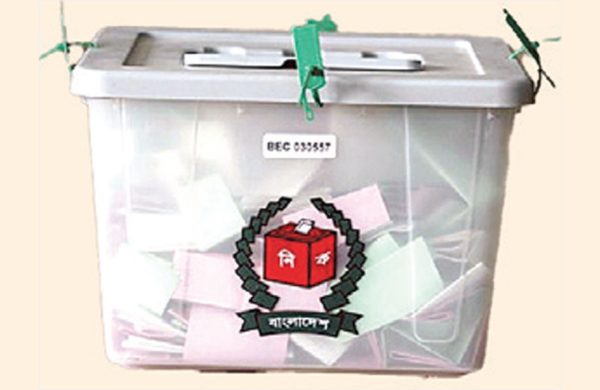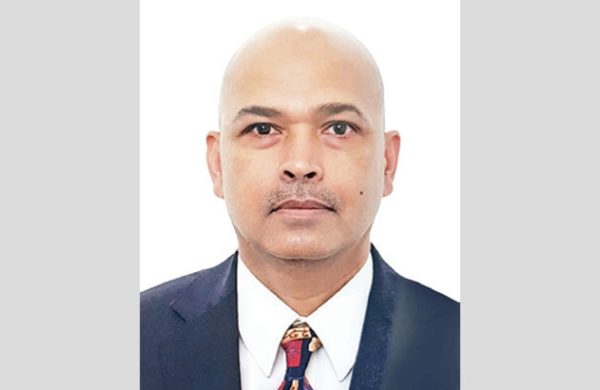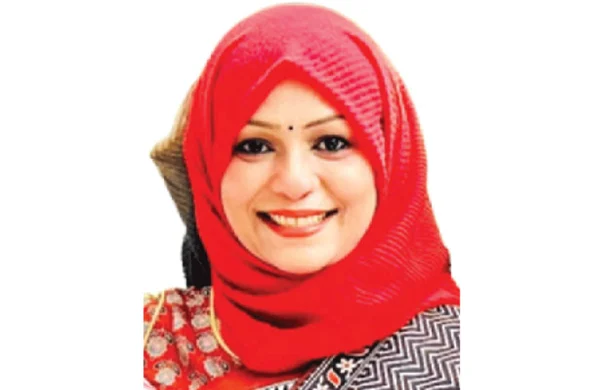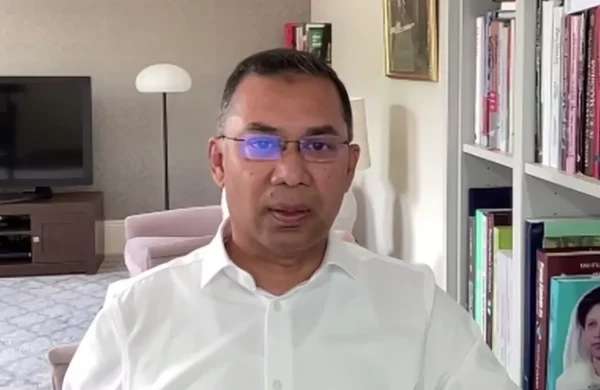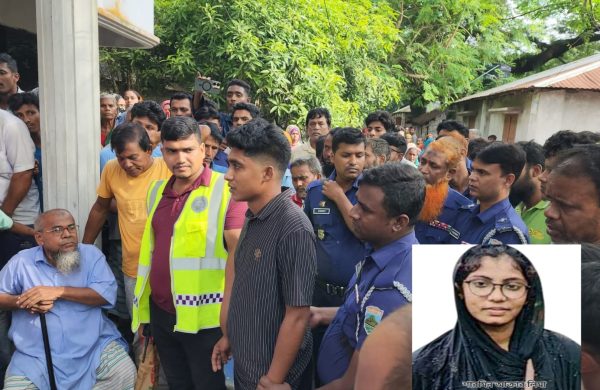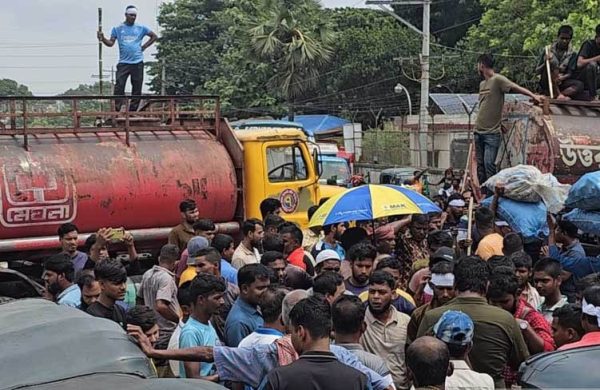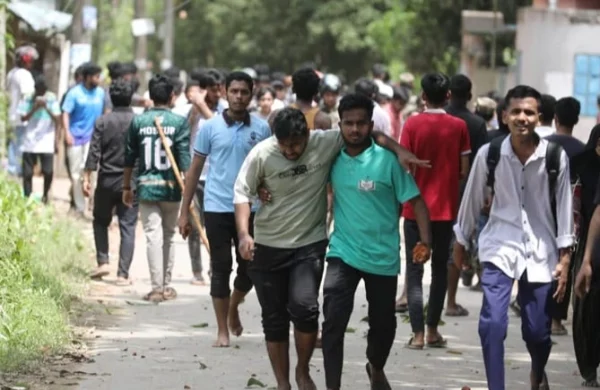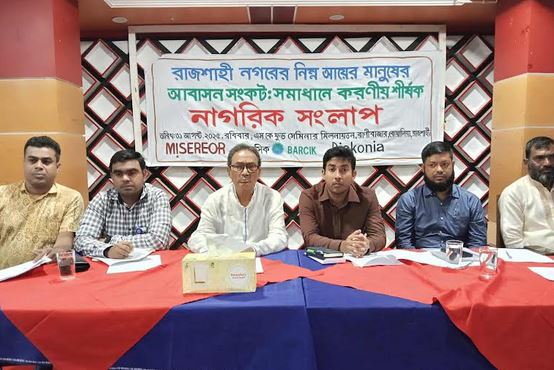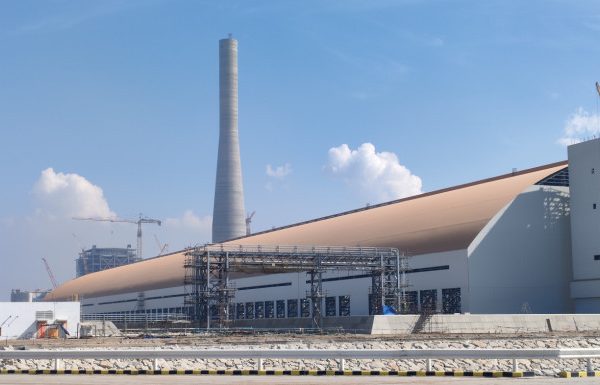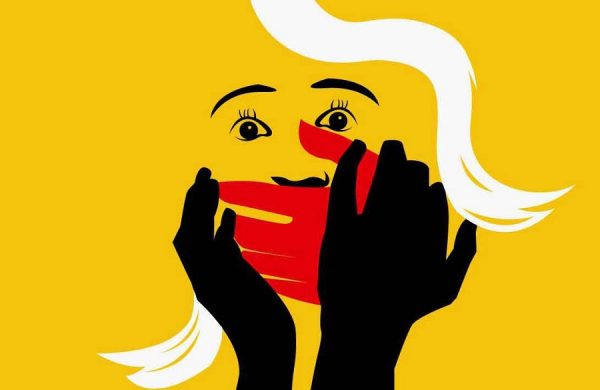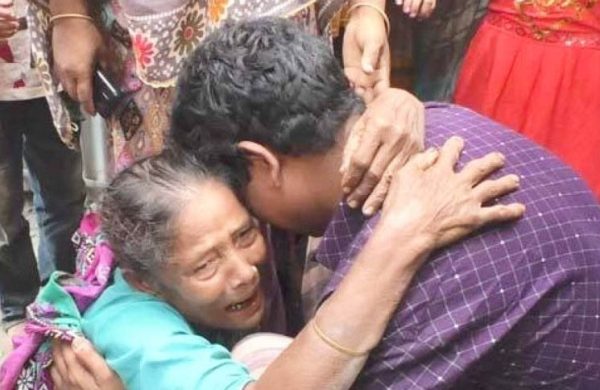State of our cashless financial system
- Update Time : Saturday, August 30, 2025
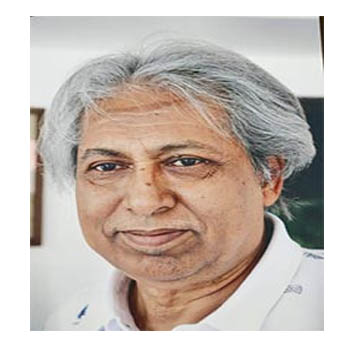
—MS Siddiqui—
A cashless financial system is one in which people rely primarily on electronic means of payment such as credit cards, debit cards, and mobile apps rather than using physical cash or checks. All transactions are conducted electronically. This requires businesses to have the ability to accept electronic payments and for consumers to have access to electronic banking services. People around the world are inputting their cash into mobile phones or plastic cards and moving towards a cashless society. Cash is no longer a king, rather it is dying.
In Bangladesh, mobile banking has been the most popular form of electronic payment, with the use of mobile financial services (MFS) such as bKash, Rocket, and Nagad. These services allow customers to make payments, transfer money, and access other financial services using their mobile phones. Recent data from BB indicates that more than Tk3,000 crore is transacted via MFS.
Bangladesh incurs an estimated Tk 200 billion annually due to its continued reliance on cash, according to Bangladesh Bank Governor disclosed the figure at a recent monetary policy discussion in Dhaka. The costs stem from cash handling operations, including idle cash management, currency printing, security arrangements, and the operation of the state mint. Additionally prevailing inefficiencies go beyond physical printing and storage, affecting transportation, insurance, teller services, and broader economic productivity. Commercial banks, alongside the central bank, bear these substantial costs.
Bangladesh’s government has announced an ambitious plan to transition the entire country to a cashless economy by 2031. The government has set a target to transform the country into going completely cashless. The “Cashless Bangladesh, Smart Bangladesh” campaign launched by the Bangladesh Bank is exactly the kind of initiative the country requires to make a steady move to reducing cash dependency.
The cost of printing a 1,000-taka note is Tk 5-6, with around 13% of the country’s notes reprinted annually. Bangladesh currently has over Tk 3 trillion in cash circulating, a portion of which remains idle across 35,000 branches and banking outlets, incurring high opportunity costs, estimated between 8% and 10% annually.
The absence of robust cashless infrastructure, regulatory framework, and digital literacy has created a significant economic burden. Bangladesh needs an accelerated shift toward a “less-cash” society to reduce inefficiencies and bring informal economic activities into the formal financial system. According to the MasterCard Economic Outlook Report, published in December 2021, e-commerce has been central to the role that digital agility has played in generating more money throughout the world.A cashless economy would enhance transparency, strengthen revenue collection, and help tackle the large informal sector.
Bangladesh Bank is in process of developing cashless systems and some those are operationalized. The Bangladesh Electronic Fund Transfer Network (BEFTN), which allows corporate companies to paypersonnel salaries and wages in bulk, was launched by the central bank in 2011. The program also allows users to pay their insurance premiums, loan payments, and energy bills. According to information from the Bangladesh bank, customers usually settle BDT 13,000 crore each day using BEFTN and interbank cheques.
The National Payment Switch Bangladesh (NPSB) was established in 2012 by the central bank with the goalof achieving interoperability across banks for card based and internet retail transactions. Currently, theNPSB processes interbank money transfer transactions through internet banking, POS machines, and ATMs. In a significant step, the central bank introduced the Real time Gross Settlement System (RTGS) in 2015, enabling a digitally based, safe, and effective interbank payment system. This method enables banks to transfer money instantly and in full from one bank’s account to another.
The RTGS is intended to settle high-value local currency and foreign currency transactions that have a BDT 1 lakh or above in value in real time. Agent banking, another digital banking channel, has been in use in rural regions since 2016 and now assists lenders in simultaneously disbursing loans and mobilising deposits.
To speed up the countries’ financial inclusion, Bangladesh bank’s Payment Systems Department recently came up with this interoperable “scan to pay” initiative. A National QR code Standard for Bangla QR, an open-loop interoperable QR code-based payments, has been developed. It is a type of matrix barcode or a machine-readable optical label that contains information about the item with which it is attached.
BB published guidelines on Bangla QR for building a safe, affordable, and efficient payment and settlement system at the retail level, particularly for micro-merchants, on January 6, 2021. On January 18, 2023, the program was initiated with an interoperable Bangla QR Code among 1,200 small merchants at Motijheel Commercial Area around office of the central bank to popularize making payments for goods and services using mobile banking applications, mobile financial services (MFS), and payment service providers (PSP). The Bangla QR is a low-cost digital payment mechanism, under which clients can pay for whatever they buy from small merchants through scanning the printed interoperable QR code — available even to roadside vendors.
According to the MasterCard Economic Outlook Report, published in December 2021, e-commerce has been central to the role that digital agility has played in generating more money throughout the world. And according to Goldman Sachs, Bangladesh’s e-commerce market will surge to $20 billion by 2020.
Some banks, MFS, and card service providers have joined this campaign to promote Bangla QR code-based transactions. To avail the service, one needs to have an app of his bank, card, or mobile service provider. In addition, card service providers MasterCard, Visa, and Amex have joined the service, along with MFS providers like bKash, mCash, and Rocket. Digital banks can facilitate cashless transactions and could drive financial inclusion, boost GDP by 1.7%, and modernise payments through AI and blockchain. Around 10/12 banks and MFS providers are currently active and subsequently all the banks will come under the transaction channel. But unfortunately, the project failed to function properly.
In 2023, the BB declared that 75 percent of all transactions would be digital by 2027. China is overwhelming dominance by Alipay and WeChat Pay. Even Bhutan and Nepal, countries with far smaller economies, have made quiet strides toward digitisation. But in Bangladesh, the road is bumpy, potholed by poor infrastructure, patchy internet, reluctant banks, user mistrust, and a lack of incentives. With less than a year and a half to go, the central bank’s goal appears increasingly out of reach.
The government data estimates that still 50 to 60 million village people of the country do not have bank accounts – a must for a cashless society. So, the biggest challenge for the Bangladesh government before moving towards the cashless society ambitions will be to bring cent percent people of the country under banking services.
——————————————–
The writer is CEO, Bangla Chemical



